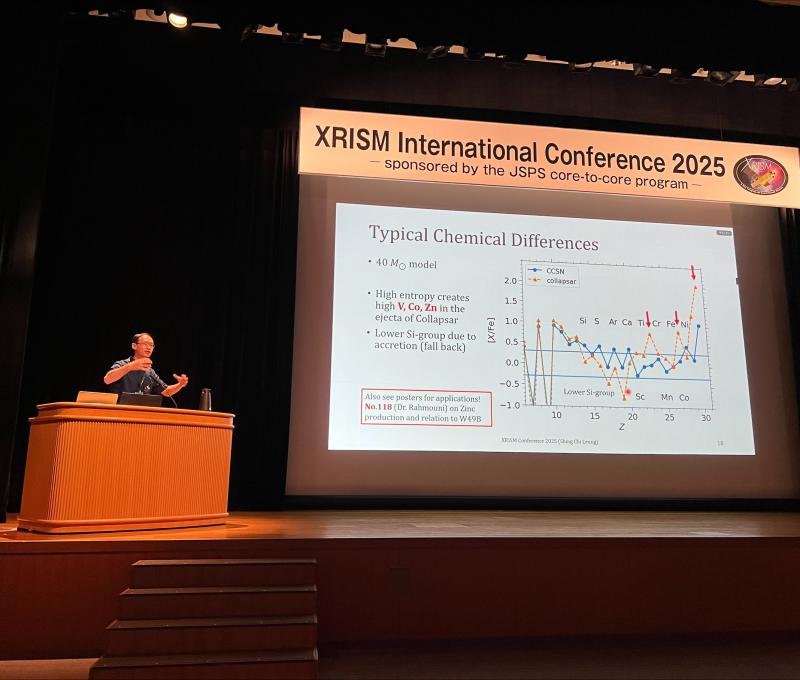SUNY Poly’s Prof. Behrens Publishes Collaborative Research Articles Related to Child Protection; Child Separation at the Border; and Attachment Transmission
SUNY Poly Associate Professor of Psychology Dr. Kazuko Behrens published, “Attachment goes to court: Child protection and custody issues,” in Attachment & Human Development. The effort, conducted in partnership with researchers from around the world, examines “family court applications of attachment theory in the current context of the best-interest-of-the-child standard,” and discusses “misunderstandings regarding attachment theory,” identifies “factors that have hindered accurate implementation,” and provides recommendations. Read the full article here.
###
This follows research from 2019 by Dr. Behrens in partnership with the University of California, San Francisco, and Cosumnes River College, titled, “The psychological consequences of child separation at the border: Lessons from attachment research and emotion regulation.” Published in Attachment & Human Development, the article presents “a review of what nearly eight decades of scholarly research has taught us about the damaging impact of deprivation and separation from parents.” Read more here.
###
More recently, in 2020 Dr. Behrens and collaborators published, “Case studies: US-Japan comparison of attachment transmission,” in Online Readings in Psychology and Culture.
This paper presents case studies for each main attachment category, demonstrating “the qualitative presentation of attachment transmission data, comparing samples from the US and Japan…We also compare case studies cross-culturally to confirm the universality of attachment phenomena as well as to explore any cultural differences that may affect attachment expressions.” Read more here.
###
The publications also follow Dr. Behrens’ research into why Japanese are so successful at returning lost property, as highlighted by the BBC. Read more here. In addition, the BBC also featured Dr. Behrens in, “Japan’s deep connection to childish relationships,” which can be read here.







